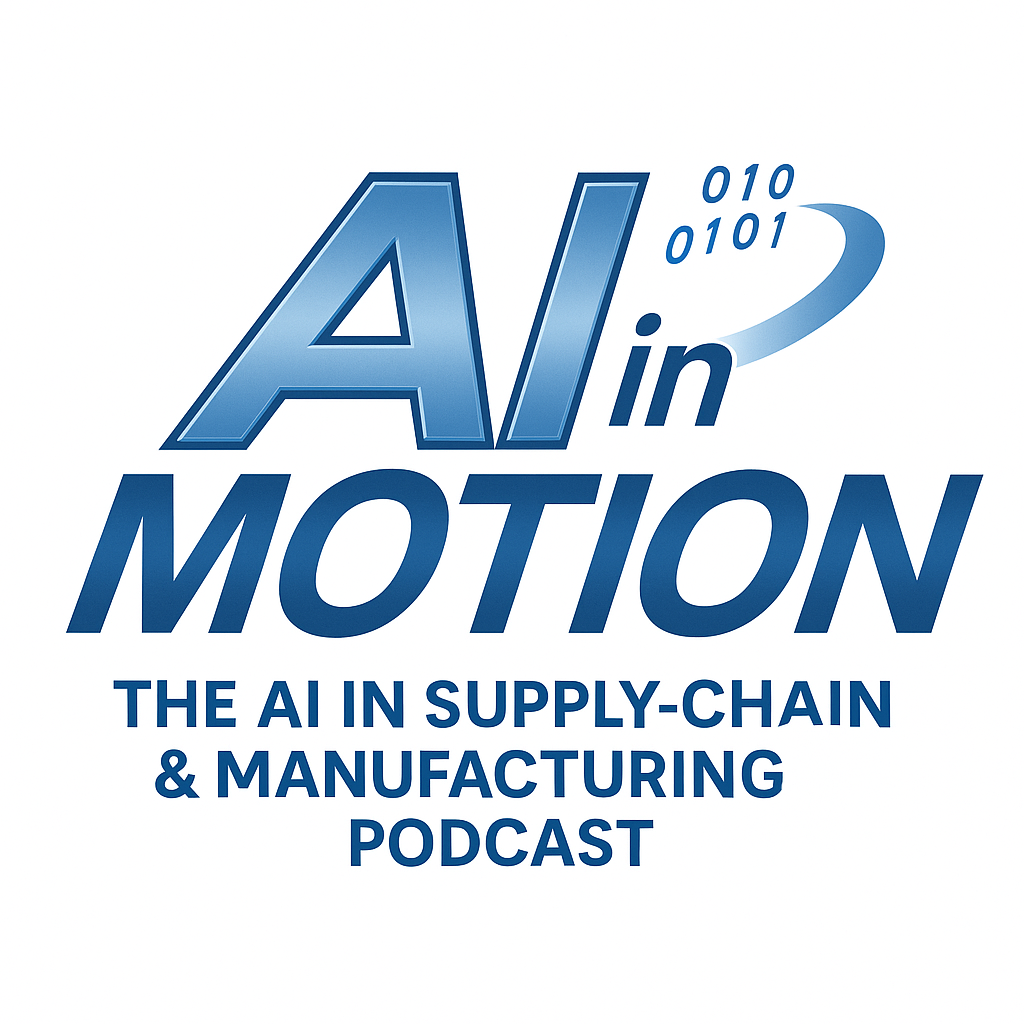September 30, 2025

Episode Summary: In this episode, host JP Morgenthal addresses the frustration of finding concrete, real-world implementations of AI in supply chain and manufacturing amidst a sea of generic, high-level discussions. He argues that many initiatives are stalled because they are driven by the wrong teams—data analysts skilled in BI dashboards or academics without business context—rather than those with experience in building complex, distributed systems. The episode provides a practical, step-by-step framework for using AI today to deliver tangible value. It breaks down how to identify a key KPI, map the value stream, and feed process data combined with business context into an LLM to generate actionable advice for teams. This approach is illustrated with deep dives into two real-world examples from McKinsey and Arvato Supply Chain Solutions at the 2024 Logistics Day of the Kuehne Foundation at KLU, showing how GenAI can act as a “team member” to align operations with strategy and how specialized AI models can optimize complex warehouse logistics.
Key Points from This Episode:
- The Problem with AI Hype: There’s a significant struggle to find concrete examples of AI making a real difference in supply chain beyond more advanced versions of RPA and IDP.
- The Right Team for the Job: Successful AI implementation requires teams with a background in distributed computing and systems management, not just statistical analysis for dashboards. Hiring academic researchers who lack business context is another common pitfall.
- A Practical Framework for Today: Businesses can start using AI effectively by focusing on a single KPI to improve. This involves mapping the end-to-end value stream process, capturing data at each step, and feeding that data along with business-specific context (like a warehouse layout) to an LLM to get actionable advice.
- Case Study 1: GenAI as a Team Member (McKinsey): An example showed GenAI being used to interview order managers, revealing that their individual prioritization rules were inconsistent and not aligned with the company’s strategic goal of maximizing EBITDA. The AI then helped optimize order allocation to align with the company’s strategy.
- Case Study 2: AI for Warehouse Optimization (Arvato Supply Chain Solutions at the 2024 Logistics Day of the Kuehne Foundation at KLU): A project used a trained AI model to optimize the picking routes for 400 workers in a large warehouse. By learning from the patterns of “good” and “bad” pick distributions, the AI could significantly shorten the distance workers travel each day. This highlights the value of smaller, specialized models that can be run on-premise.






